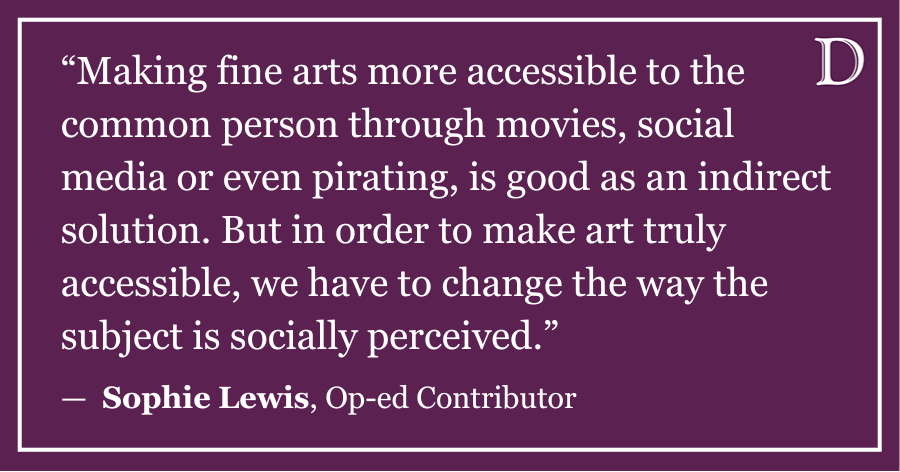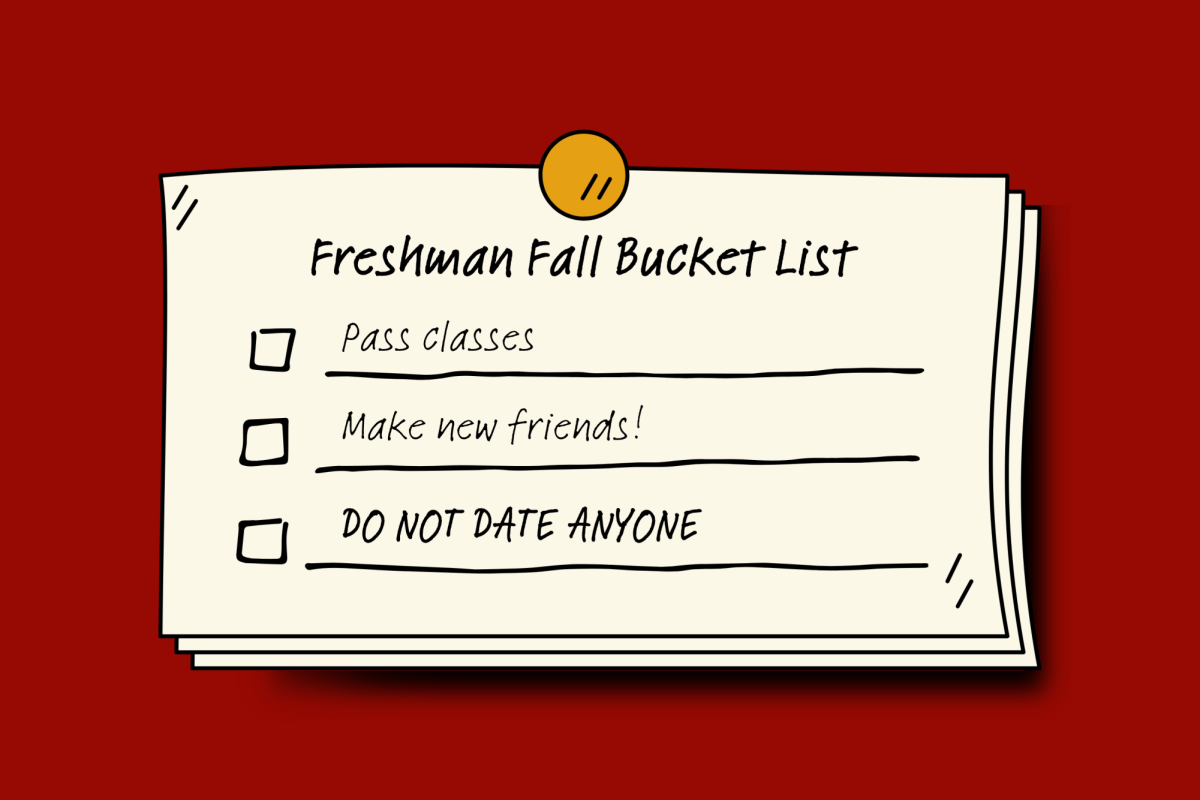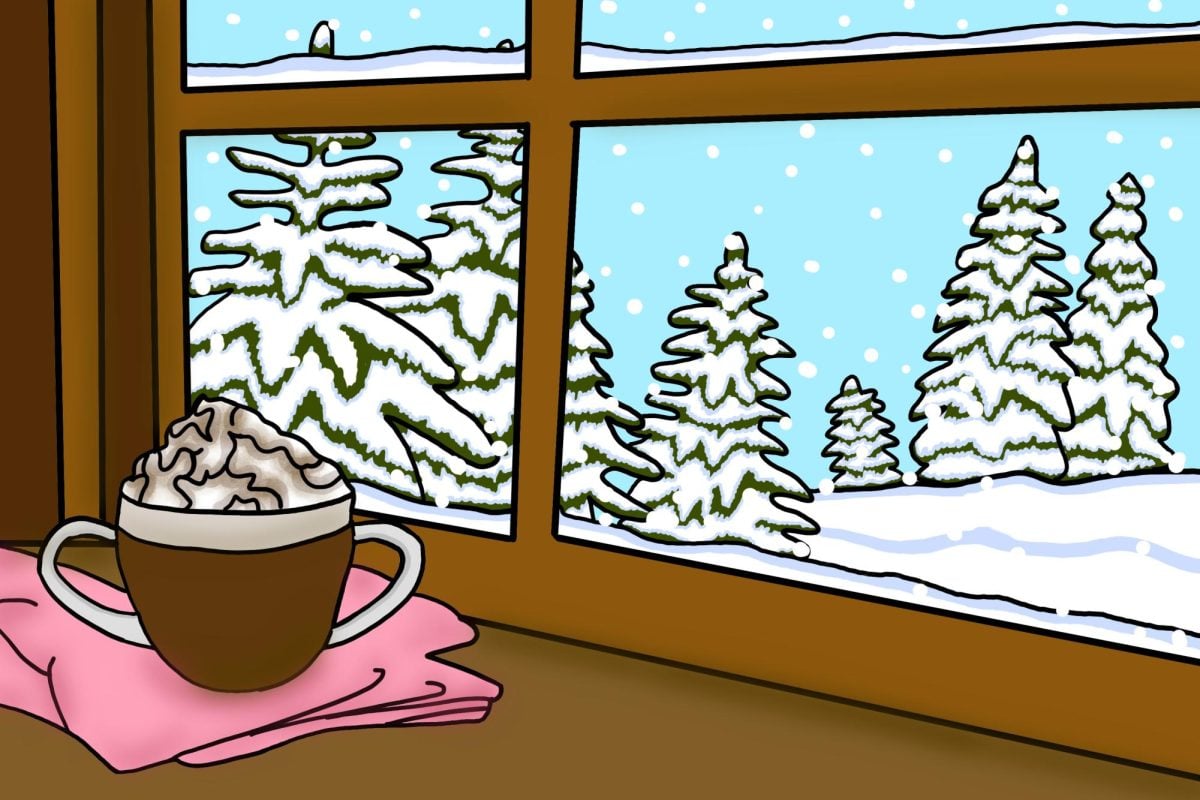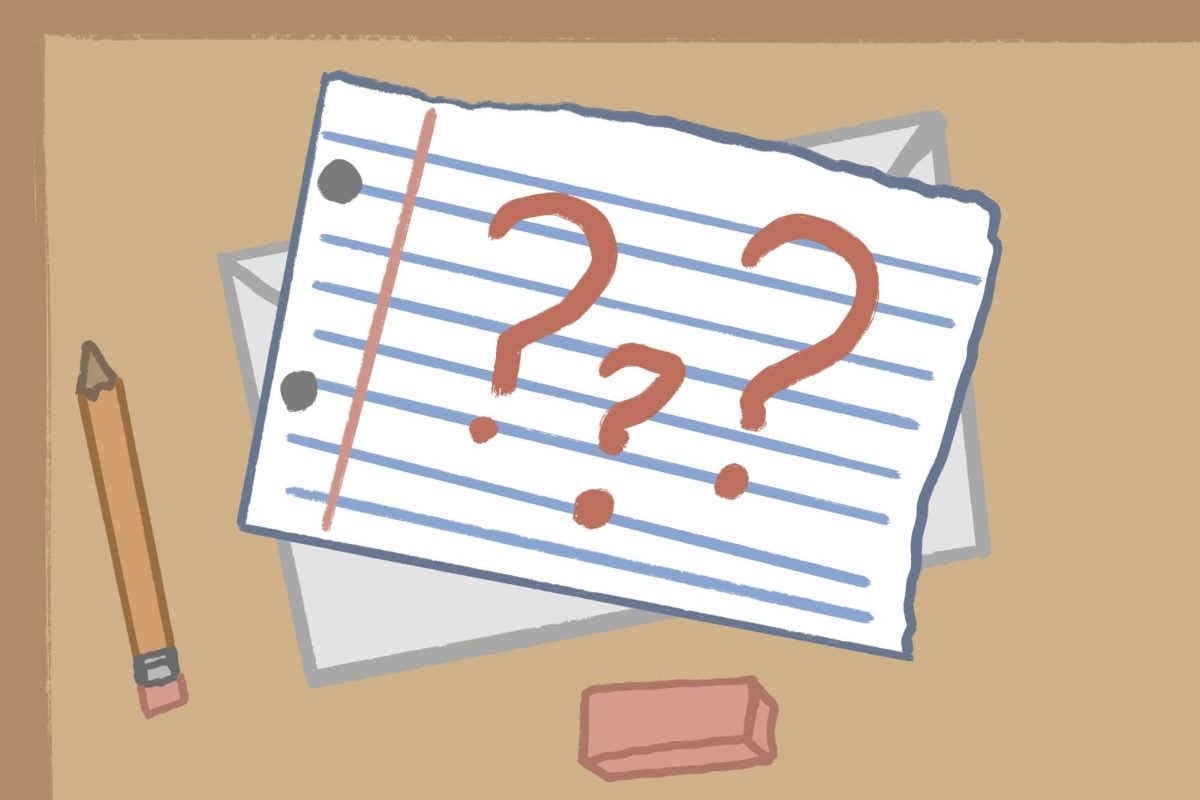In case you were too busy studying last weekend, the Northwestern Wildcats faced the University of Illinois Fighting Illini at Wrigley Field on Saturday. The brainchild of NU Athletic Director Jim Phillips, the game brought desired media and fan attention. The unusual locale made NU the focus of media outlets including ESPN’s College GameDay and the front page of The New York Times Sunday Sports section. What is often criticized as a lukewarm Wildcat fan base showed up in full force Saturday, getting on buses as early 3:30 a.m. to be seen on GameDay and filling the student section. In short, Wrigley brought a unique and exciting aspect to NU football.
Unfortunately, glitches in the planning and execution of the event made some of the media coverage reflect negatively on the program.
The most obvious example was the field configuration. Due to safety concerns over the small space between the end zone and the bleachers, every offensive drive started on the east side of the field and went west – away from the NU student section. Both teams and Wrigley management had signed off on the field formation well ahead of time, but a last minute decision made by Big Ten commissioner Jim Delaney, mandated the change. Coach Pat Fitzgerald was unaware of the changes until the Thursday before the game, with the public not finding out until Friday. That resulted in a scramble to organize and publicize this change and, ultimately, gave off the appearance of NU as a disorganized and amateur program.
Meanwhile, the lack of a jumbo-tron or sufficiently amplified sound also affected the logistics of watching the game and reflected negatively on NU. This was obviously a byproduct of playing in history Wrigley Field. But the fact is, football and baseball are two different sports.
While the football game itself was not significantly affected negatively by the changes made, better planning could have prevented these negative undertones in the coverage. Northwestern and Jim Phillips have worked hard to make NU a substantial contender and “Chicago’s Big Ten team.” Superficial setbacks such as these take away from the overall success and positive coverage the Wrigleyville Classic could have brought to NU.
In addition, there is no doubt the changes made affected the student-fan experience. At a school where no student has ever paid for a ticket to a home football game, many felt the $58 price was far too much to watch players run away from them over and over again. In football, many exciting plays take place near the end zone. On Saturday, that was far away from the students. In addition, the sound issue was especially difficult in the student section, where essentially nothing could be heard.
Preventing these glitches would have been expensive, but perhaps should have been factored into the cost of the event when it was still in its earliest planning stages.
In spite of losing the game and these minor technical problems, the game was a great experience. In spite of the massive number of University of Illinois alumni in the Chicago area, fans wearing purple seemed to significantly outnumber those wearing orange, and the sight of the iconic Wrigley Field sign painted purple isn’t a sight Chicago is likely to forget any time soon.
Future generations of NU students would likely be excited to attend another such game, but before NU plans another such event, we believe that they need to critically assess the planning that went into this game and unless better planning occurs in the future, there probably shouldn’t be a repeat.






